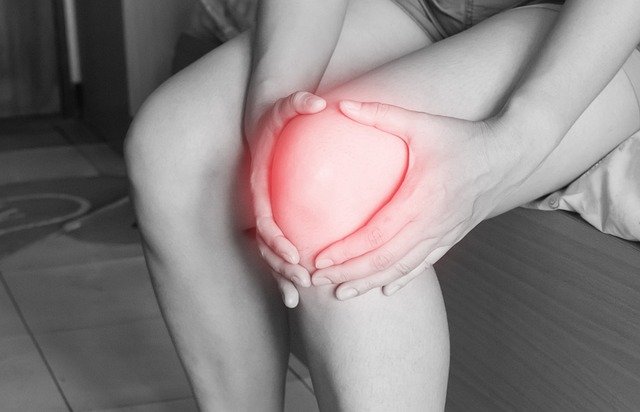Understand Hip Bursitis Causes & Its Impact On Your Health
Hip bursitis is a challenging condition that can significantly affect an individual's mobility and quality of life. This painful inflammation of the bursae, small fluid-filled sacs that cushion the hip joint, can create ongoing discomfort and limit daily activities. Understanding its causes, symptoms, and management strategies is crucial for those experiencing persistent hip pain.

What is Hip Bursitis?
Hip bursitis occurs when the bursae around the hip joint become inflamed, causing pain and restricting movement. These small, fluid-filled sacs act as cushions between bones, tendons, and muscles, helping to reduce friction during movement. When they become irritated or swollen, they can cause significant discomfort and limit your ability to perform everyday activities.
Hip Bursitis Causes
Several factors can contribute to the development of hip bursitis. Repetitive motion activities, such as running or cycling, can cause excessive stress on the hip joint. Age-related wear and tear, previous injuries, and certain medical conditions like rheumatoid arthritis can increase the risk of developing this condition. Structural issues such as uneven leg length or spine misalignment may also put additional strain on the hip joint.
Impact of Hip Bursitis on Your Health
The consequences of hip bursitis extend beyond physical pain. Chronic hip discomfort can lead to reduced physical activity, muscle weakness, and potential weight gain. Individuals may experience difficulty walking, climbing stairs, or performing simple daily tasks. The persistent pain can also contribute to mental health challenges, including increased stress and potential depression associated with limited mobility.
Hip Bursitis Diagnosis
Healthcare professionals typically diagnose hip bursitis through a comprehensive evaluation. This process includes a detailed medical history, physical examination, and potentially diagnostic imaging such as X-rays or MRI scans. Doctors will assess range of motion, check for tenderness, and rule out other potential conditions that might cause similar symptoms.
Hip Bursitis Management at Home
Self-care strategies can help manage hip bursitis symptoms effectively. Gentle stretching exercises, low-impact activities, and proper rest can provide relief. Applying cold or warm compresses may help reduce inflammation and ease discomfort. Ergonomic adjustments to daily activities and using supportive devices can also minimize stress on the hip joint.
Understanding Treatment Options
While medical intervention may be necessary in some cases, many individuals find relief through conservative management techniques. Physical therapy can help strengthen surrounding muscles and improve joint flexibility. Gentle exercises focused on hip mobility and core strength can provide significant benefits in managing hip bursitis symptoms.
Conclusion
Hip bursitis is a complex condition that requires a comprehensive approach to management. By understanding its causes, recognizing its impact, and implementing appropriate care strategies, individuals can effectively navigate this challenging health issue and improve their overall quality of life.
Medical Disclaimer: This article is for informational purposes only and should not be considered medical advice. Please consult a qualified healthcare professional for personalized guidance and treatment.




